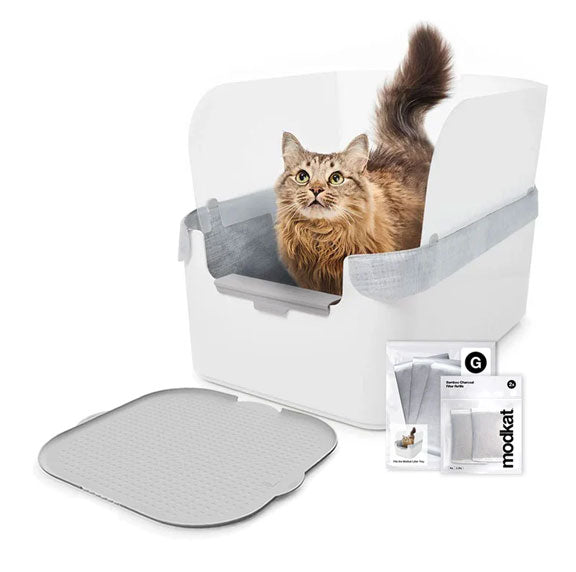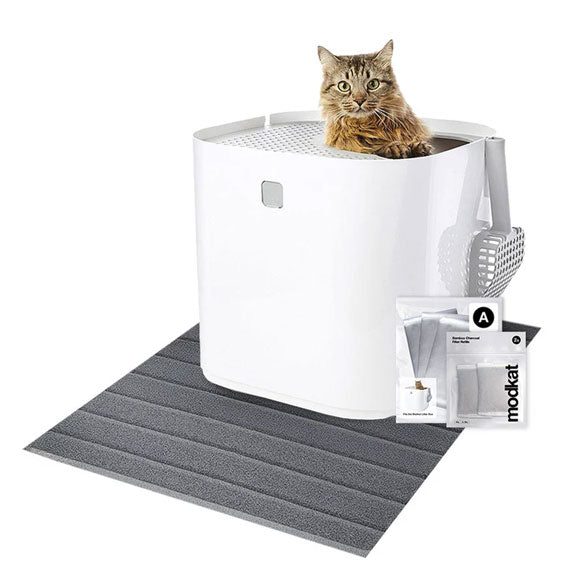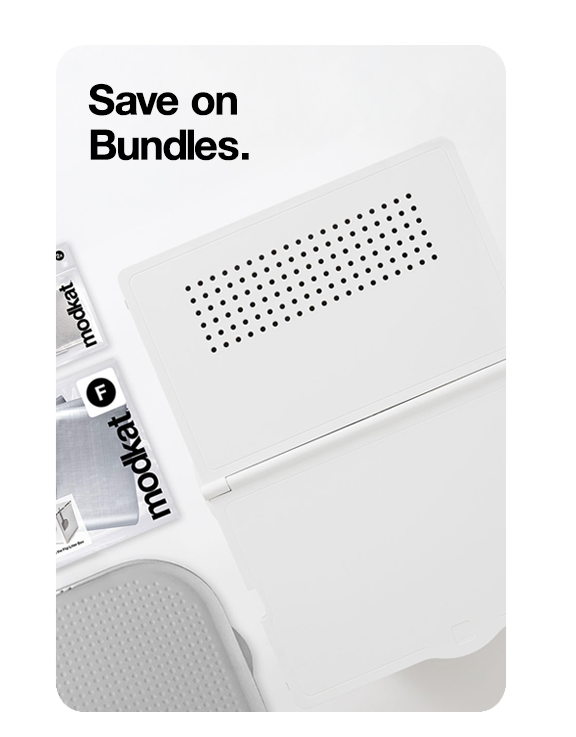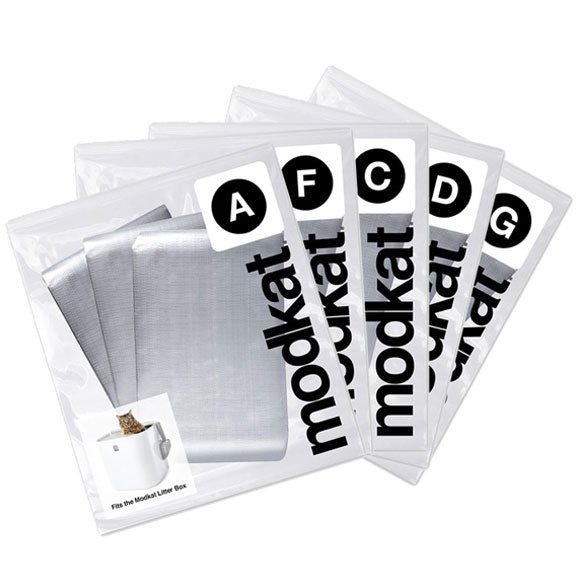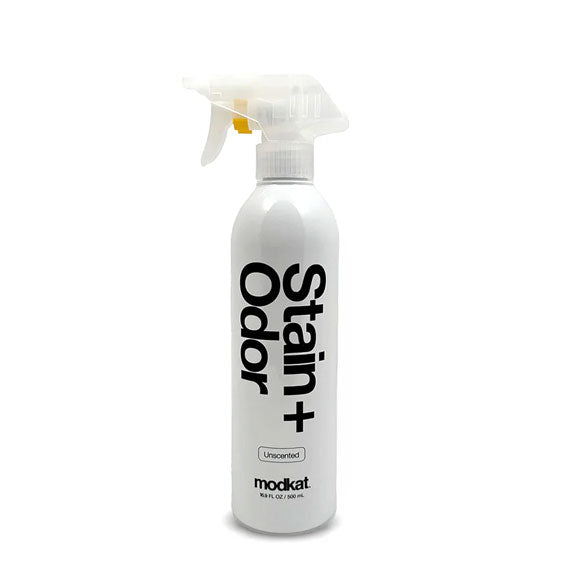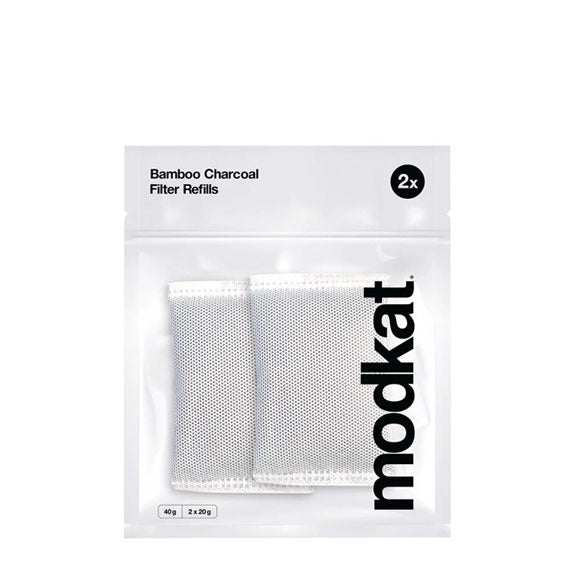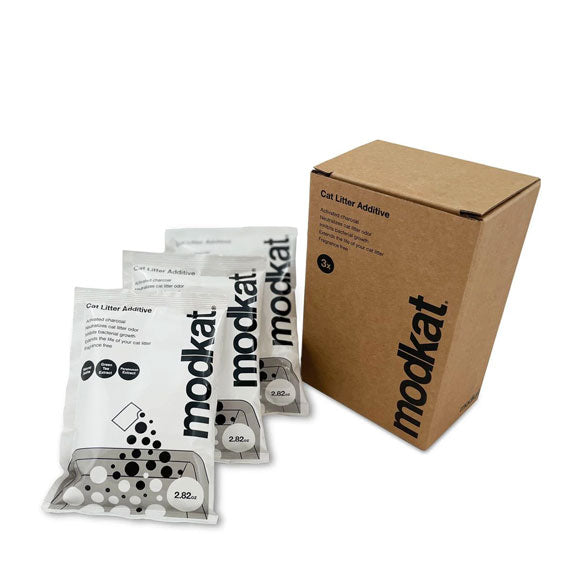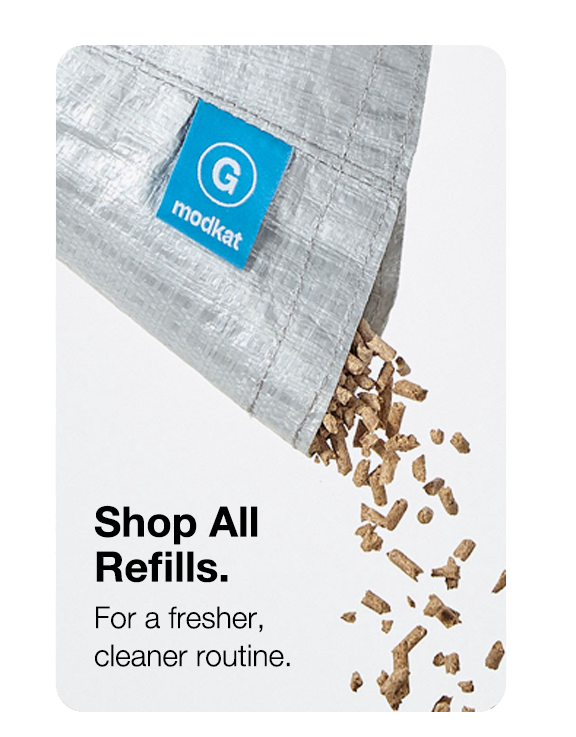Litter Boxes
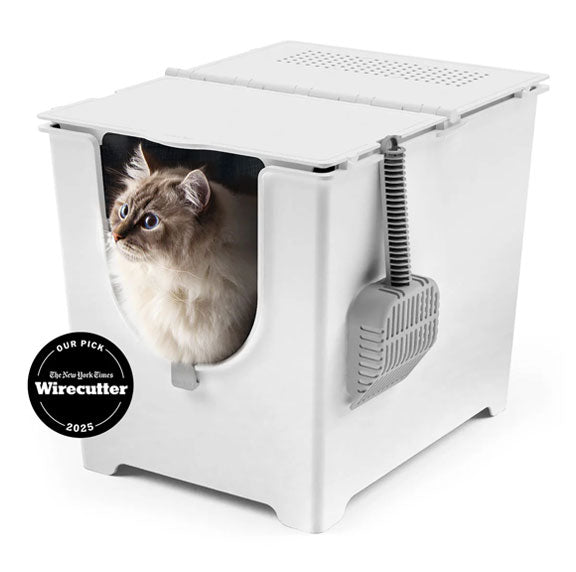
Modkat Flip
Front-Entry Litter Box

Modkat XL
Front/Top-Entry Litter Box
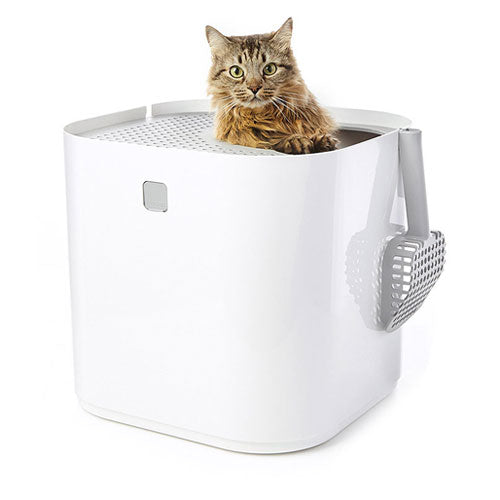
Modkat
Top-Entry Litter Box
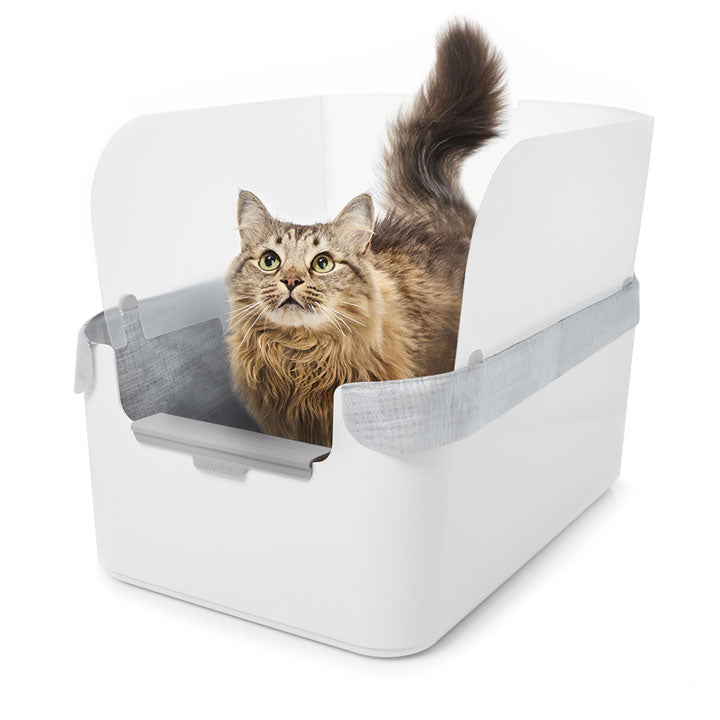
Modkat Tray
Open Litter Box
Bundles
Essentials

Litter Keeper
Two colors
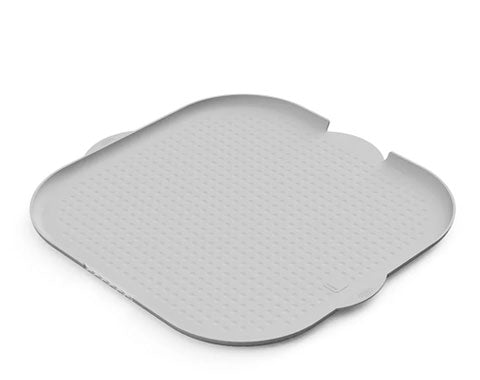
Litter Mats
Multiple styles, colors & sizes
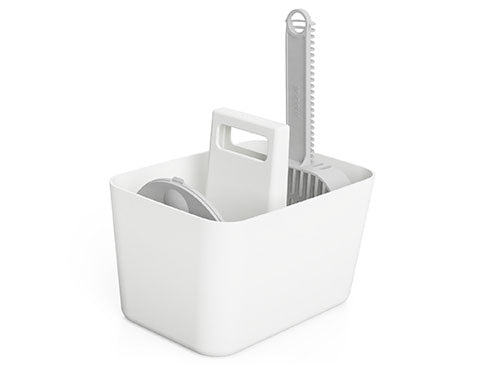
Tidy-Up Kit
Scoop holder & dustpan
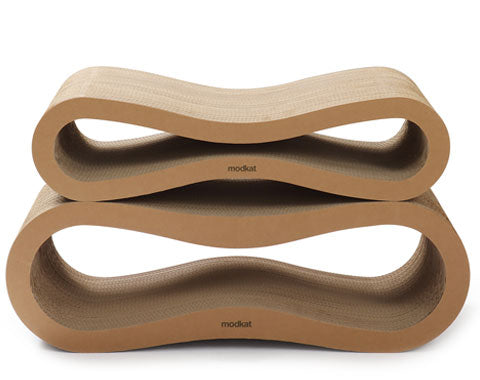
Lounge + Play
Scratchers & toys
Refills
Add description, images, menus and links to your mega menu
A column with no settings can be used as a spacer
Link to your collections, sales and even external links
Add up to five columns
Add description, images, menus and links to your mega menu
A column with no settings can be used as a spacer
Link to your collections, sales and even external links
Add up to five columns
Why does my cat bite me when I pet her?
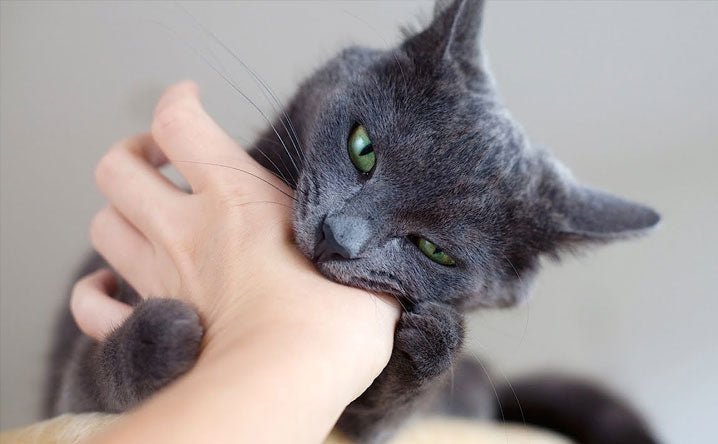
You and your cat are having a bonding moment. You’re stroking her fur; she’s nudging your hand as if to ask for more. She even licks and grooms you. And then it happens. Out of nowhere, your cat bites you. That bonding moment you were so cherishing just a minute before unravels into a pile of pain and confusion.
You realize there’s definitely truth to the popular idea that cats are curious creatures with some unusual and unexplainable quirks. And then you remember, that’s simply why you love cats so much — because of their mysterious and intriguing personalities. You have to wonder why, though, cats can turn their temperaments on and off like a light switch. It also begs the question, ‘why do cats bite when they’re being stroked?’
Animal behaviorists suspect a few reasons why cats might bite and attack you even during what you thought was an exchange of affection. They call it petting-induced aggression. In an attempt to decode the meaning behind a cat’s caught-you-by-surprise attack, the experts suggest:
Your cat is an adorable control freak.
It’s hard to admit, but felines pretty much rule the roost. Sure, you control when they’re fed and whether they have a clean place to potty, but at the end of the day, cats are in charge. They get to say when they’re in the mood to play and when they’ve had enough strokes by your hand. A bite during a petting session is your cat taking control of the situation.
You’ve stumbled upon a sensitive spot.
It’s possible that while you’re giving your kitty affection, you hit upon a sore spot. His natural reaction would likely be an immediate negative response to the unintended infliction of pain. If you suspect your cat is in pain when you pull your hand across an area around his mouth, for example, and he suddenly reacts aggressively, he could have an infected tooth. A visit to the vet would be warranted.
Your cat has reached his petting limit.
Sometimes, it’s hard to gauge just how long to pet your cat without him announcing “enough is enough” by clamping down on your hand with his teeth and claws. Next time you’re stroking your cat, make a mental note about how long it takes before your bonding moment goes south. That way you’ll know to cease stroking before your cat “takes control” of the situation. There are other signs as well your cat has reached his tolerance level. It’s all in his body language. Watch for these signals and end the petting session at the first sign it may be overly stimulating:
- Dilated pupils
- Thumping or lashing tail
- Flattened ears
- Shifting body and twitching skin
Don’t let yourself be tempted to punish your cat.
When your cat sinks his teeth or claws into you, it’s tempting to retaliate by yelling, hitting, or swatting him away. But in doing so, you jeopardize fracturing the cat-human bond you’ve worked so hard to establish. Remember, your cat is not intentionally being mean. It’s just his way of communicating his temperament and state of mind. Be understanding and considerate of his feelings.
Petting your cat brings both you and your kitty joy. The old adage that “too much of a good thing can be bad” rings true when you’re petting your cat though. Keep petting sessions brief, watch her body language for signs she’s nearing the end of her tolerance level, and be sensitive to the areas she’s sensitive to. If you consider these tricks, you can turn that old adage into a positive: “Too much of a good thing can be wonderful!” 🐈
“It looks nicer than any other hooded or open option we considered.”

Categories
Meow from Brooklyn.
Sign up and get early access to product drops, exclusive offers, and the occasional cat meme.
Similar products related to this blog:
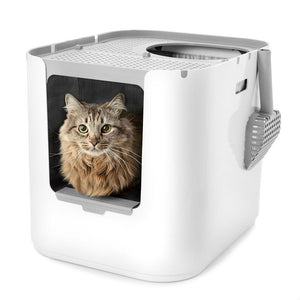
"It looks nicer than any other hooded or open option we considered."

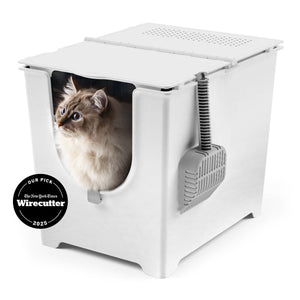
"This litter box keeps everything in, nothing gets out the sides."

"My beautiful ragdoll cat and I both love the new Modkat Litter tray!"


